There are three things certain for Australian telecommunication operators: bushfires & floods will rip through swathes of Australia every few years, and ships will drop anchor on top of vital submarine cables that carry 99% of Australia’s internet traffic to the world
Last month, not one but two of Vocus' submarine cables were cut by what we suspect was a ship dragging its anchor across the sea floor off the coast of Western Australia. This coincided with a huge increase in shipping activity in the area due to cyclonic conditions diverting vessels away from normal routes.
Unfortunately, despite all the work we do to protect our cables on water patrols, monitoring shipping activity, working with the Australian Government on submarine cable protection zones as they say in the submarine cable industry, "ship happens!” That’s why we have plans in place and marine partners on standby around the clock in case a cable cut does happen.
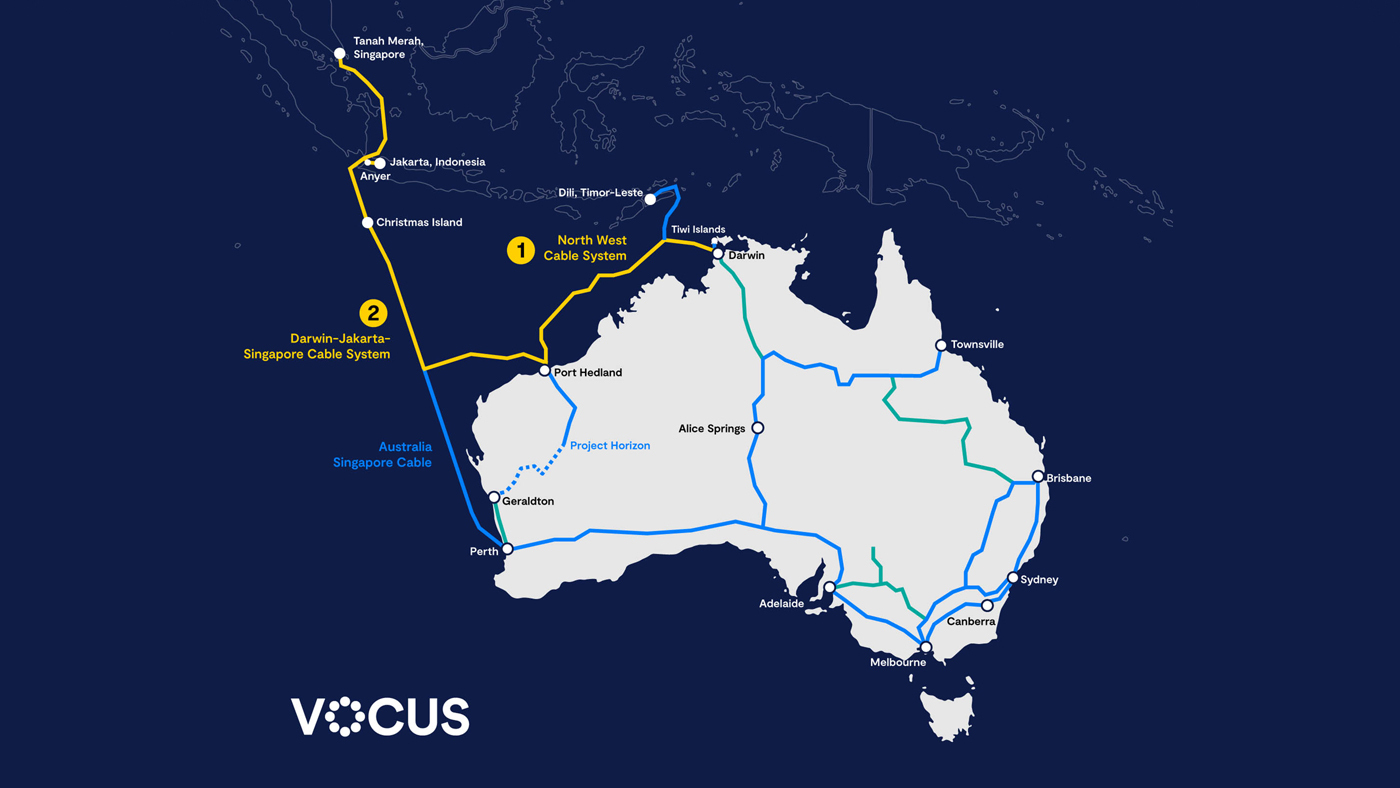
When disaster strikes twice
In late January, Vocus engineers monitoring our cable systems received alarms indicating a fibre break off the coast of Port Hedland on the Darwin Jakarta Singapore Cable system (DJSC), Vocus’ brand new 7,700km cable linking Australia’s top-end to Asia.
Just over an hour later, our monitoring alarms went off for another entirely separate cable system – our nearby North-West Cable System (NWCS).
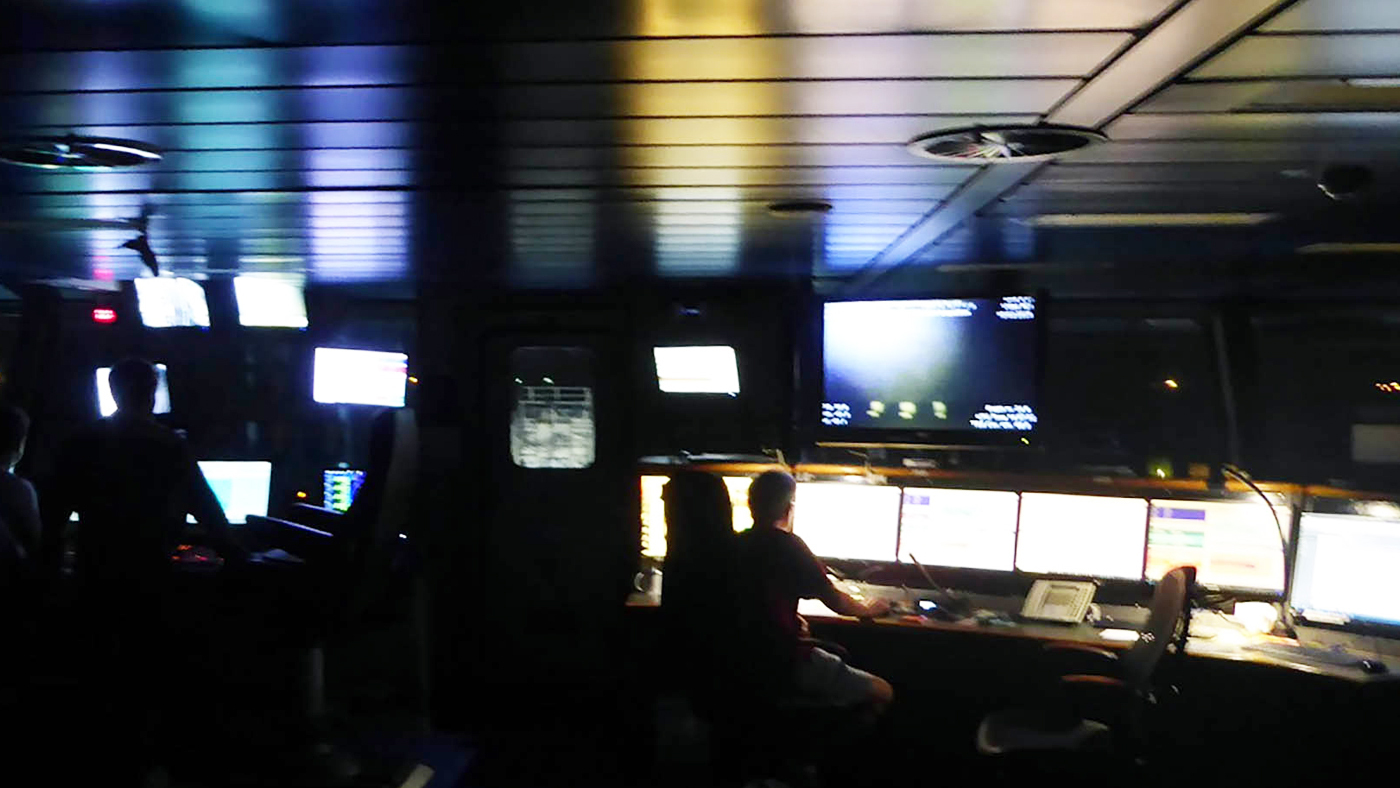
Mobilising a floating repair factory
Repairing a submarine cable isn't a job for an on-call electrician – it requires locating two ends of a cable kilometres under water on the sea floor using a robotic submersible vehicle not dissimilar to an aquatic Moon Lander. In this case, the job was made more complicated because there were four severed cable ends!

The vessel's journey to the fault site was itself an odyssey, travelling at speed more than 7,000km, stopping in New Caledonia for bunkering operations, and picking up additional crew in Port Moresby before navigating through the Torres Strait to reach the repair zone.

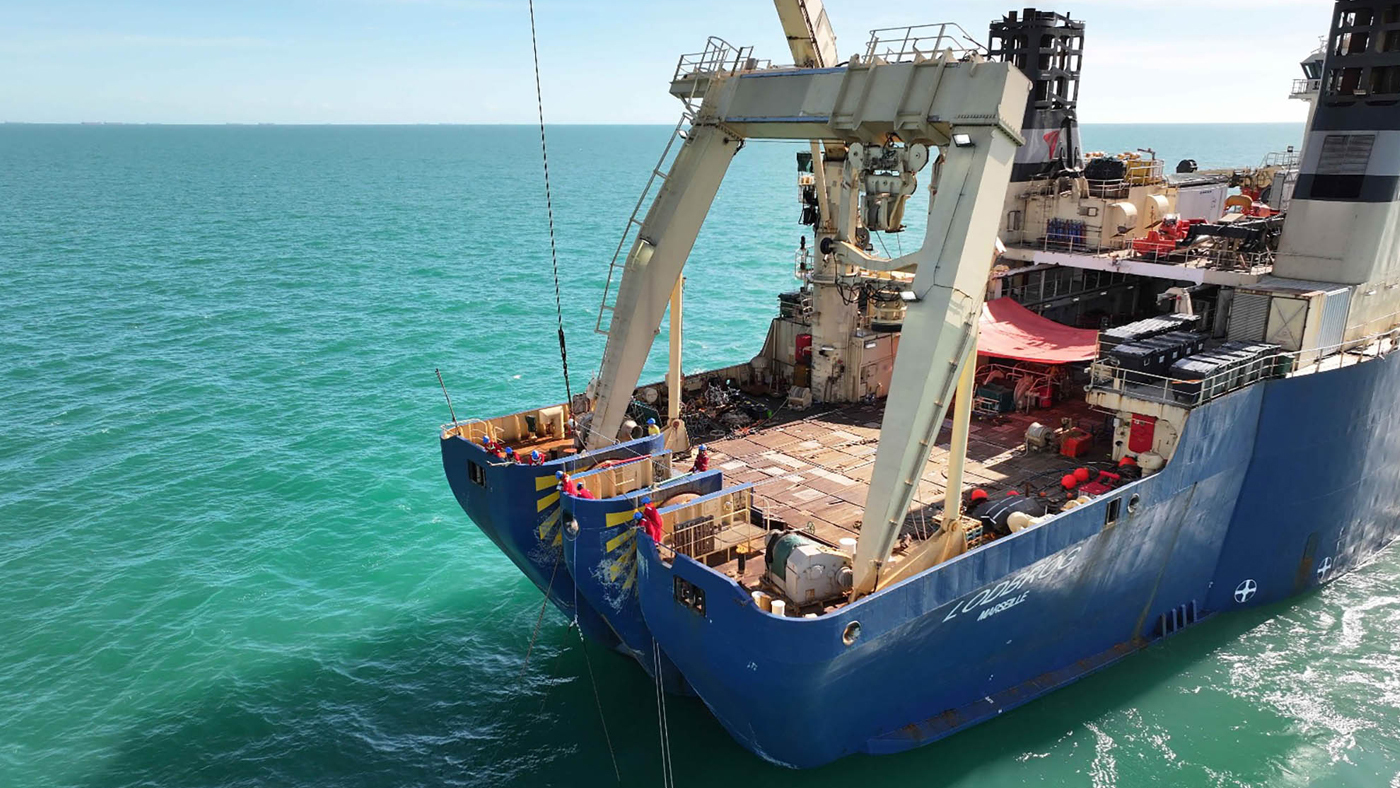
The ship carried a treasure trove of specialised equipment - including over five kilometres of double armoured cable, universal joints to join new cable to the damaged ends, and ROVs (Remotely Operated Vehicles) that would serve as our eyes and hands on the seafloor.
Finding needles in an ocean haystack
When the vessel arrived at the fault site, our first task was to precisely locate all four severed cable ends on the sea floor. Using a combination of OTDR (Optical Time Domain Reflectometry) measurements from our network operations centre on land and tone signals transmitted through the cables, the ROV operators began their search.
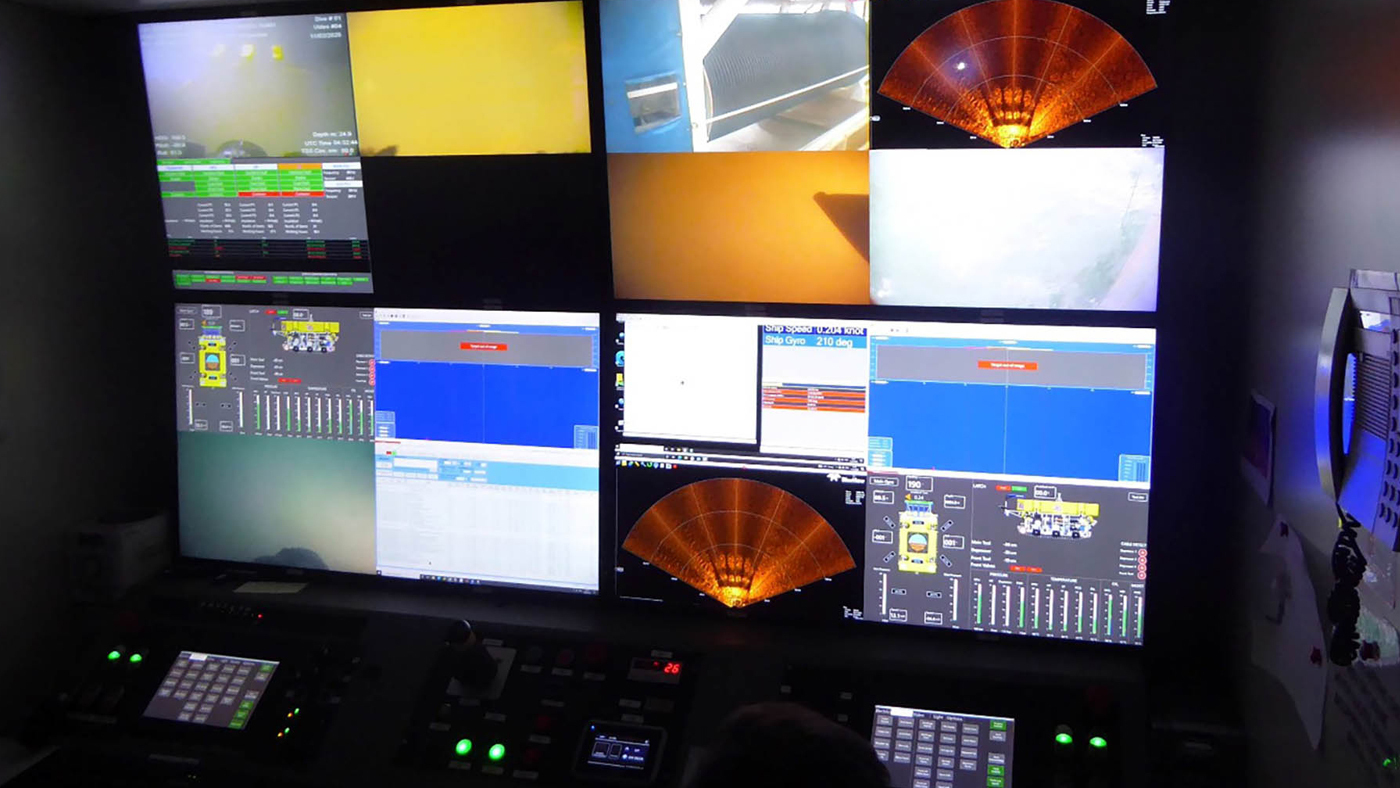
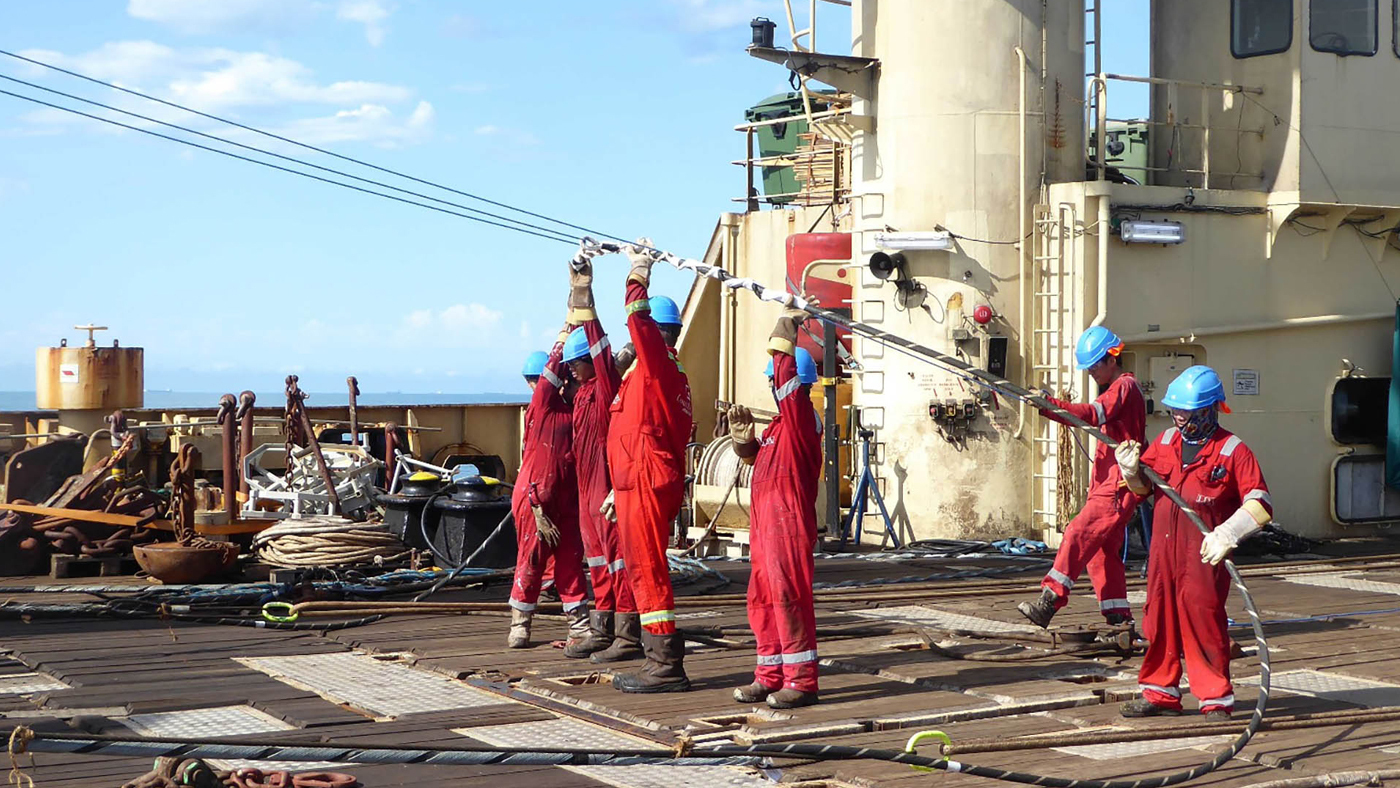
Mother nature turns up the pressure
Just as operations were getting underway to lift the two ends of the North West Cable System, Severe Tropical Cyclone Zelia began rapidly intensifying toward the most severe intensity category 5. As 350 km/h winds approached, the Lodbrog was forced to halt operations and reposition several hundred kilometres away to safety. Our onshore team members in Port Hedland bunkered down in their hotel with emergency supplies.
For three tense days, all we could do was wait as the buzzsaw winds of Cyclone Zelia made landfall. Finally, after the worst passed, the Lodbrog returned to the repair site and resumed operations, lifting both ends of both cables from the sea floor.
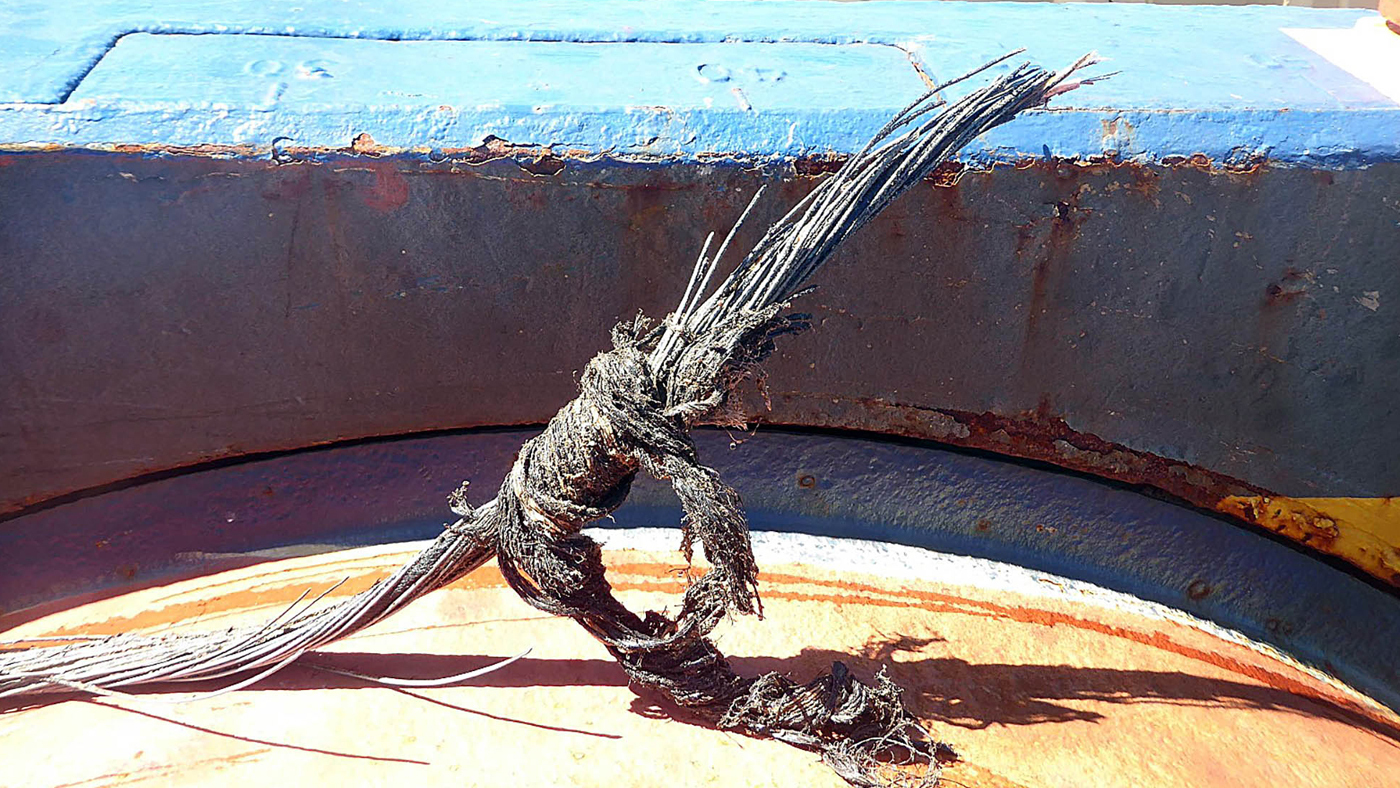
The delicate dance of cable repair
Then came the truly impressive part of the operation bringing hundreds of kilograms of armoured cable to the surface against powerful underwater currents. Here’s what a severed submarine cable looks like once the outer sealing layers have been stripped off.

Inside these armoured cables are hair-thin fibre optic strands that must be precisely spliced together.
The repair sequence followed a careful methodology:
- Recovery of both ends of the NWCS cable to the vessel
- Initial splice of the fibre strands, and relaying the first joint
- Manoeuvering to the other cable end while laying out the new cable length
- Completion of final splice
- Testing the connection
- Lowering the repaired section back to the seafloor in its original position according to the cable design
- Repeating the entire process for the DJSC

A monumental team effort
The successful repair operation was an incredible effort across multiple organisations and dozens of specialists. From the vessel master and their crew of 54, to our onshore technical teams, government liaisons, and transmission and power engineering specialists – everyone played a critical role in bringing these vital links back to life. We hope never to face a simultaneous dual cable cut situation again, but it’s great to know that our response systems, technical capabilities, and partner relationships are up to the challenge.
Next time you're streaming video, making a video call, downloading a big software update or simply browsing the web, remember that your data will be travelling through these quiet, unseen sub-sea highways that our teams work so hard to maintain and protect.
Vocus is continuing to work with authorities to determine the cause of these cable cuts, while also working with the Government to enhance cable protection measures to make sure Australia stays connected to the world no matter what challenges the oceans throw our way.
Meet the author
Read more
Related Articles

Vocus Builds Australia’s First Private Network Over Starlink
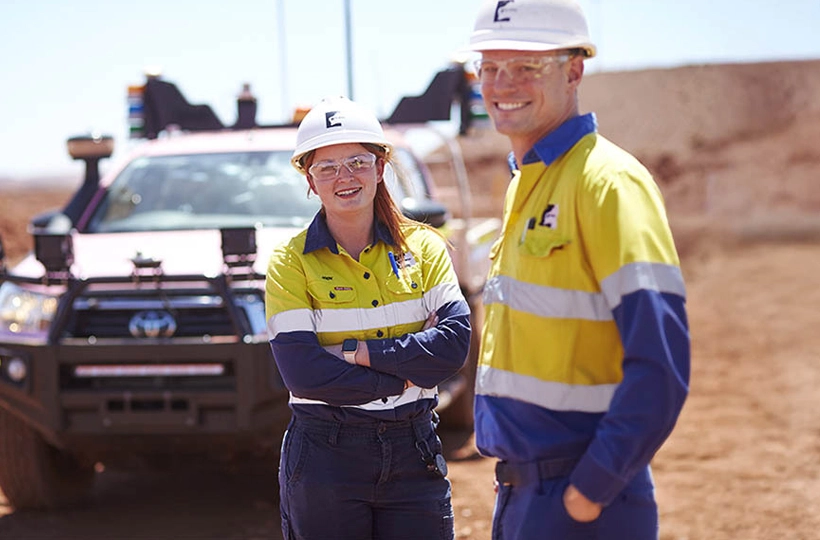
Roy Hill Signs On for Vocus Horizon Cable


